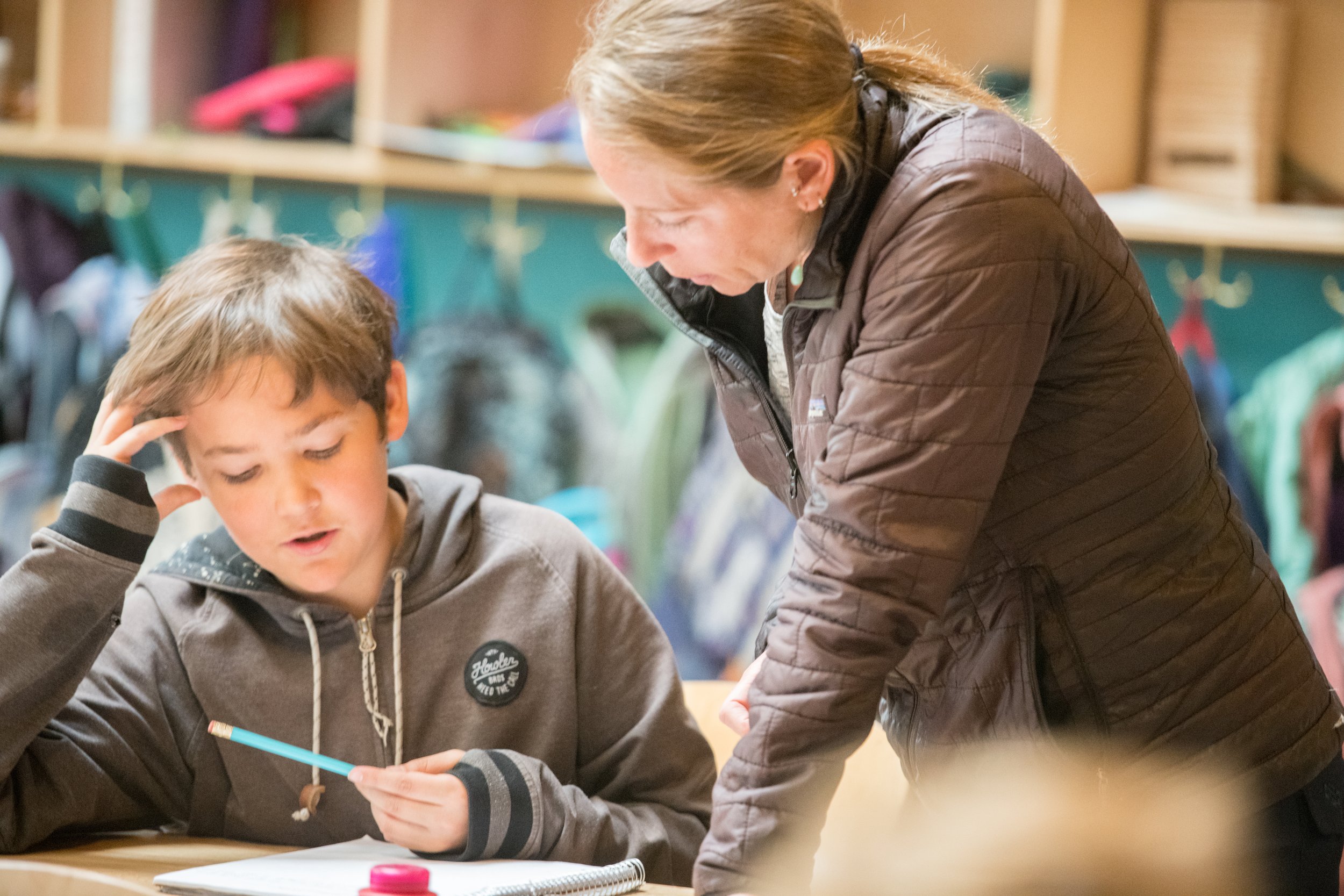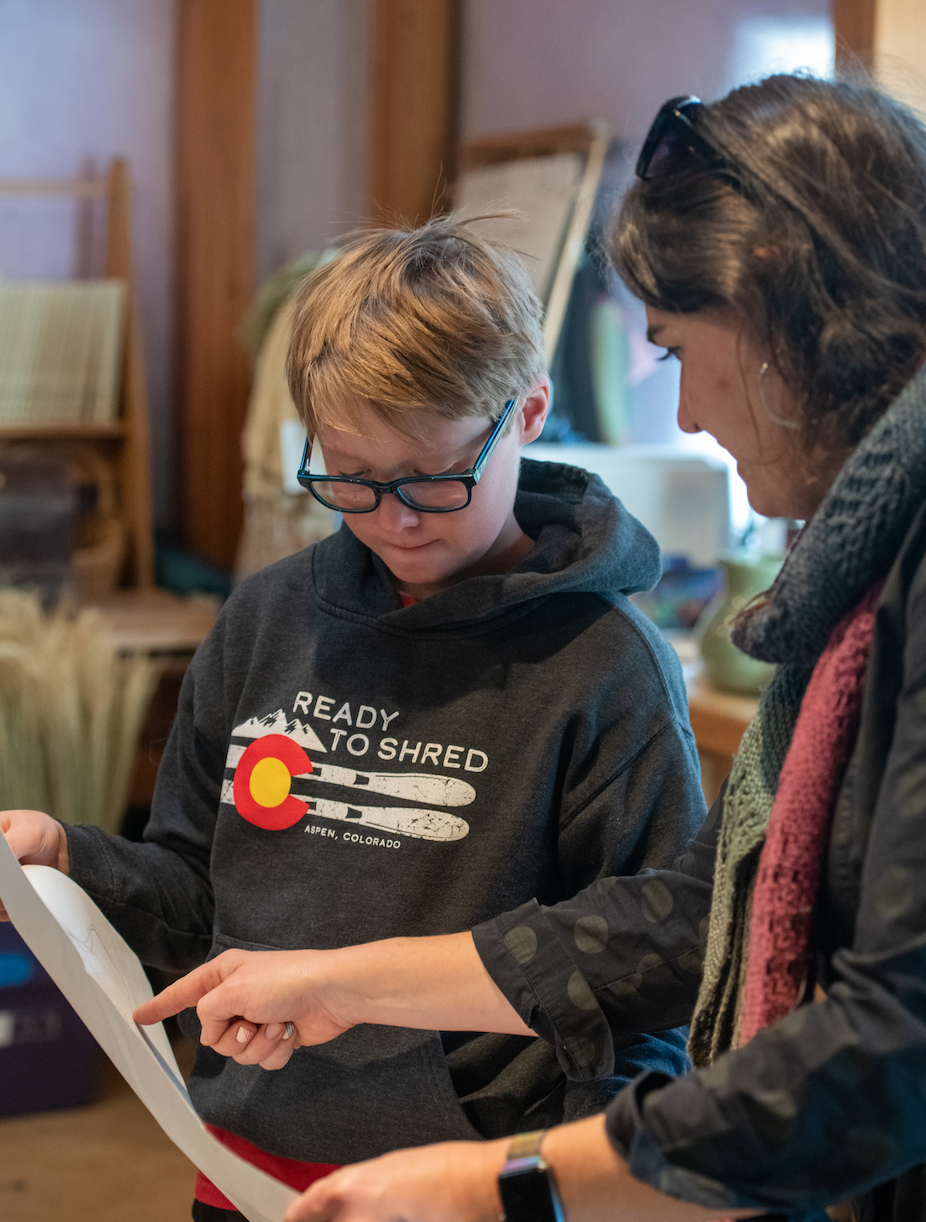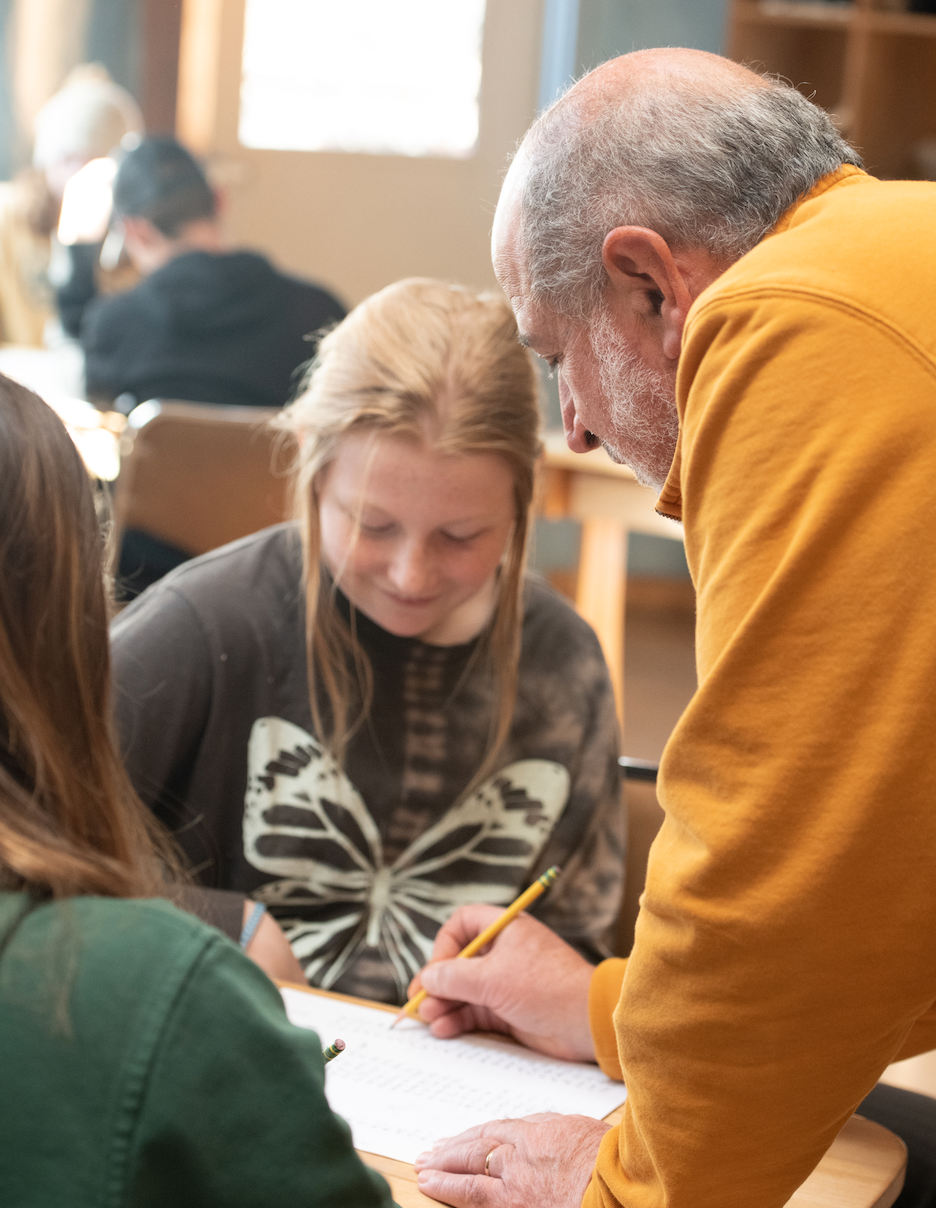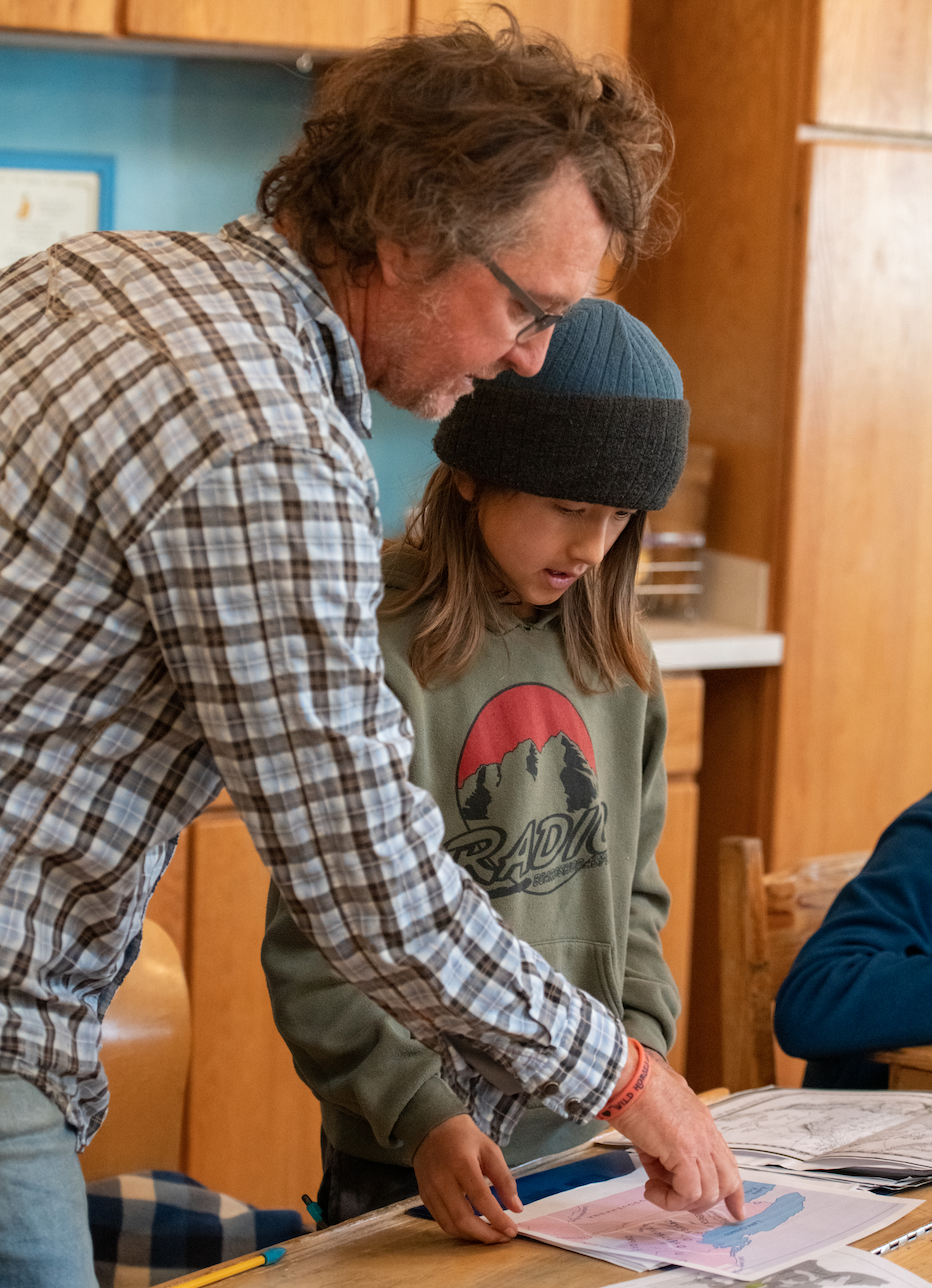In the Media: The Impact of Teacher Looping
The following is an excerpt from a recent New York Times article written by thought leader, Adam Grant. In it, he writes:
“Which country has the best education system? Since 2000, every three years, 15-year-olds in dozens of countries have taken the Program for International Student Assessment — a standardized test of math, reading and science skills. On the inaugural test, which focused on reading, the top country came as a big surprise: tiny Finland. Finnish students claimed victory again in 2003 (when the focus was on math) and 2006 (when it was on science), all while spending about the same time on homework per week as the typical teenager in Shanghai does in a single day. Just over a decade later, Europe had a new champion. Here, too, it wasn’t one of the usual suspects — not a big, wealthy country like Germany or Britain but the small underdog nation of Estonia. Since that time, experts have been searching for the secrets behind these countries’ educational excellence.”
So what’s the secret in Finland?
The article continues on to explain: “In North Carolina, economists examined data on several million elementary school students. They discovered a common pattern across about 7,000 classrooms that achieved significant gains in math and reading performance.
Those students didn’t have better teachers. They just happened to have the same teacher at least twice in different grades. A separate team of economists replicated the study with nearly a million elementary and middle schoolers in Indiana — and found the same results.” In other words, the secret has nothing to do with Finland. It’s a strategy that can be implemented anywhere.
“Every child has hidden potential. It’s easy to spot the ones who are already sparkling, but many students are uncut gems. When teachers stay with their students longer, they can see beyond the surface and recognize the brilliance beneath.”
~Adam Grant for the New York Times
Instead of a new teacher each year, students that experience ‘looping’ have the same teacher move up with them year after year. As Grant writes, “With more time to get to know each student personally, teachers gain a deeper grasp of the kids’ strengths and challenges. The teachers have more opportunities to tailor their instructional and emotional support to help all the students in the class reach their potential. They’re able to identify growth not only in peaks reached, but also in obstacles overcome. The nuanced knowledge they acquire about each student isn’t lost in the handoff to the next year’s teacher.”
What’s the Approach in Waldorf Education?
At WSRF, we take a looping approach with our grades teachers. This model has been used in Waldorf Education for over 100 years since its founding. Teachers typically start with a class in 1st grade and in some instances or a traditional model, travel all the way to 8th grade with the class. Sometimes of course, life and other obstacles prevent this from happenings but as a goal, our teachers spend multiple years with the same class. 1st grade teachers then move up with the class to 2nd grade, 3rd, 4th and beyond. This allows teachers to really come to know and understand each individual students, their strengths and challenges. Our teachers don’t have to start from square one each year but instead get to pick up right where they left off at the end of the previous year.
What if my student doesn’t like their teacher?
For over 30 years, this model has been used at our school and proved incredibly valuable for both students and parents. While of course there can be bumps, challenges and even disagreements in student-teacher relationships, this serves as a model for life. The opportunity to work through relationship challenges, build communication and grow empathy and connection over time are all life-long capacities for success. The student-teacher relationships in our community are key models for these life skills. Our alumni often maintain longterm or lifelong relationships with their teachers after graduation, a testament to the value of the relationships.
Just as Grant writes for the New York Times, “Instead of just specializing in their subjects, teachers also get to specialize in their students. Their role evolves from instructor to coach and mentor.”





